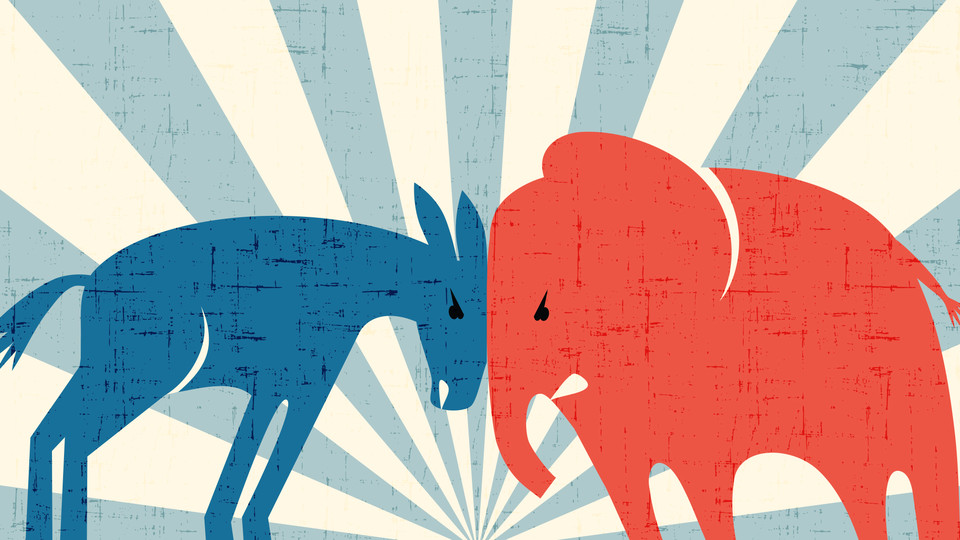Meeting of the Minds

A Vaping Tax Would Slow Teen Use — Temporarily
Teens are smoking again. After decades of falling teenage smoking rates, e-cigarettes, also known as vapes, have brought teens back to nicotine. The numbers are rising: 37% of 12th-graders reported vaping in 2018, compared to 28% in 2017.
The cause of the reversal isn’t entirely clear, but one explanation is that vapes have social media appeal. E-cigarettes come in various colors and flavors, and their marketing is bright and fun. Online vaping communities form easily around hashtags like #vapenation.
Reliable data is scarce, making it difficult for researchers to predict the impact of a national ban or tax on underage vaping. However, researchers have identified an entry point in the very source of vaping’s growing popularity: social media. In a recent Marketing Science article, Piyush Anand (Rice Business) and Vrinda Kadiyali (Cornell) use vaping-related Instagram posts as a proxy to analyze underage e-cigarette use, offering insights into what might happen in the wake of federal regulation.
Here’s some of what they found:
After California extended its smoking tax to include e-cigarettes in 2017, the number of Instagram posts featuring underage vaping continued to rise, but at a slower pace compared to the pre-tax period.
However, this relative slowdown was temporary. Within six months, vaping-related Instagram content returned to its pre-tax levels.
Engagement with vaping-related posts, including likes, comments and hashtag use remained steady.
Why was the effect of a vaping tax short-lived?
It could be that companies implemented counterstrategies such as releasing new flavors. Or perhaps they increased their ad spending.
Whatever the reason, the study makes clear that the effect of a tax can be undone in a short time unless regulatory bodies combine it with heightened attention to firm strategy. For example, policy language needs to be broad enough to anticipate innovation that could skirt oversight.
Without vigilant governance and adaptive regulations, companies may quickly find ways to circumvent the intended effects of taxation and attract underage users.
Would a ban work better than a tax?
For many adult smokers, vaping provides a lower-harm alternative to traditional nicotine. So, banning e-cigarettes would be counterproductive to the larger smoking cessation effort.
There’s also the issue of reduced tax revenue. Without a vaping tax, adult smokers who switch to e-cigarettes represent an economic loss. In theory, a tax would simultaneously deter underage use and give adult smokers an avenue for harm reduction.
More research is needed to figure out how to make the effects of a tax last longer. Perhaps social media is partly to blame for what seems like a temporary impact. But for now, it’s good to know Instagram isn’t purely a cause of the underage vaping trend. We can also use it to better understand how the trend works.
Rice Business Wisdom
There’s not enough reliable data about adolescent e-cigarette consumption. So, these researchers turned to Instagram.



